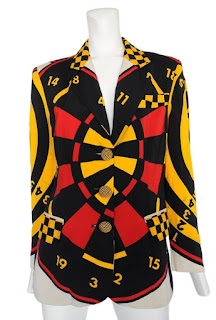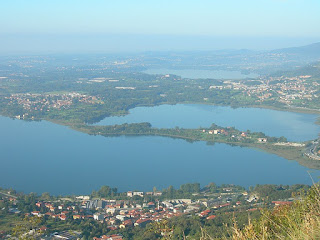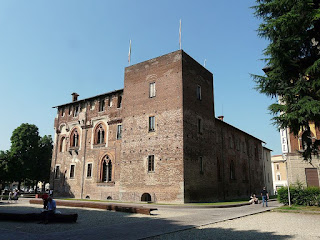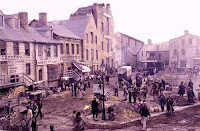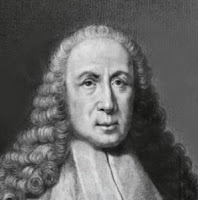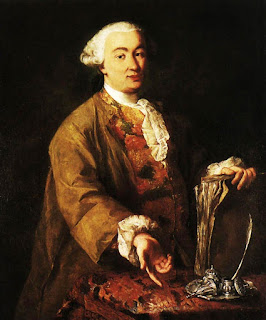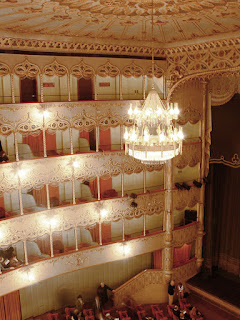Mario Andretti – racing driver
American champion was born and grew up in Italy
Mario Andretti, who won the 1978 Formula One World Championship driving as an American, was born on this day in 1940 in Montona, about 35km (22 miles) south of Trieste in what was then Istria in the Kingdom of Italy. Andretti is the only driver in motor racing history to have won an Indianapolis 500, a Daytona 500 and an F1 world title, and one of only two to have won races in F1, Indy Car, NASCAR and the World Sportscar Championship. The last American to win an F1 Grand Prix, he clinched the 1978 F1 title at the Italian Grand Prix at Monza. Read more…
________________________________________________________________
Karl Zuegg - jam and juice maker
Businessman turned family farm into international company
Karl Zuegg, the businessman who turned his family's fruit-farming expertise into one of Italy's major producers of jams and juices, was born on this day in 1915 in Lana, a town in what is now the autonomous province of Bolzano in Trento-Alto Adige. His grandparents, Maria and Ernst August Zuech - they changed their name to Zuegg in 1903 - had been cultivating fruit on their farm since 1860, when Lana was part of South Tyrol in what was then Austria-Hungary. Zuegg and the company's other major brand names, Skipper and Fruttaviva, are among the most recognisable in the fruit products market in Italy. Read more…
________________________________________________________________
Dino Zoff – footballer
Long career of a record-breaking goalkeeper
Dino Zoff, the oldest footballer to be part of a World Cup winning team, was born on this day in 1942 in Mariano del Friuli in Friuli-Venezia Giulia. Zoff was captain of the Italian national team in the final of the World Cup in Spain in 1982 at the age of 40 years, four months and 13 days. He also won the award for best goalkeeper of the tournament, in which he kept two clean sheets and made a number of important saves. In club football, Zoff spent 11 years with Juventus, whom he joined in 1972, winning the Serie A championship six times, the Coppa Italia twice and the UEFA Cup once. Read more...
Home








